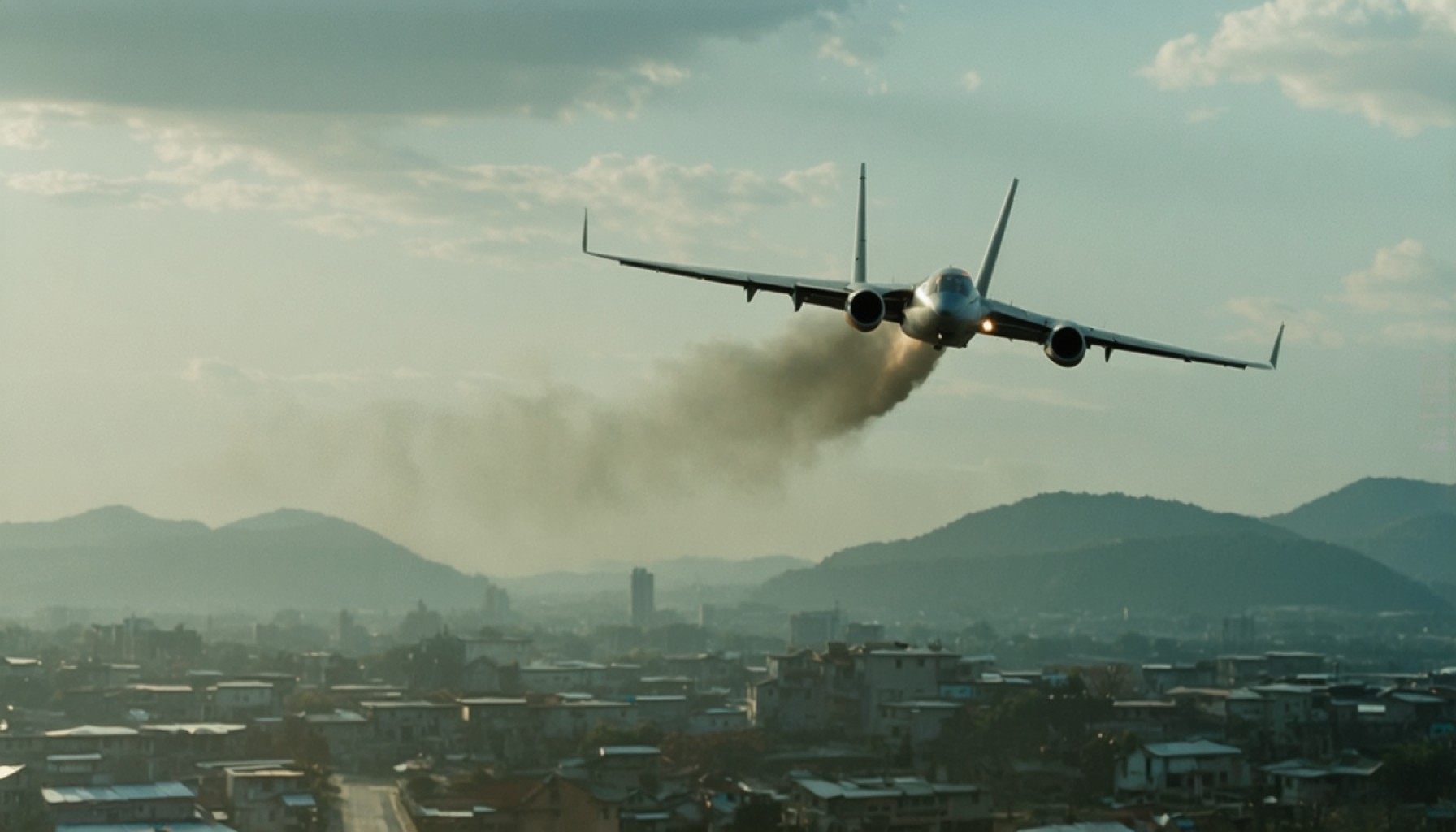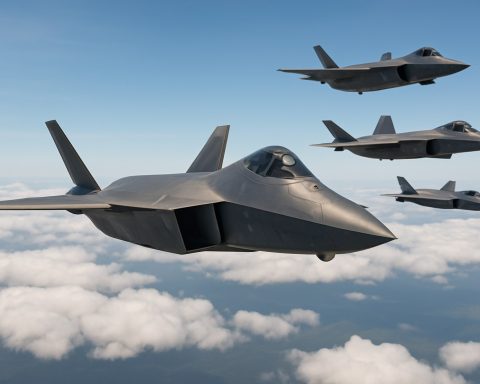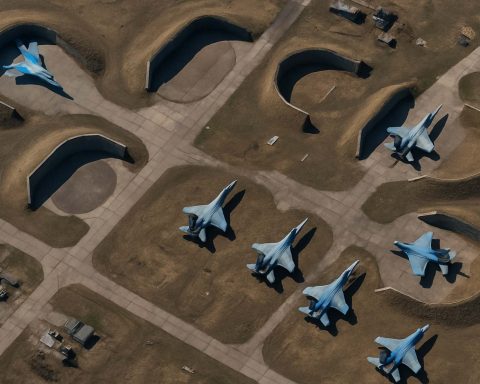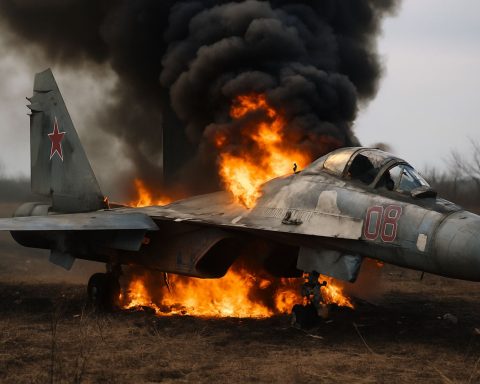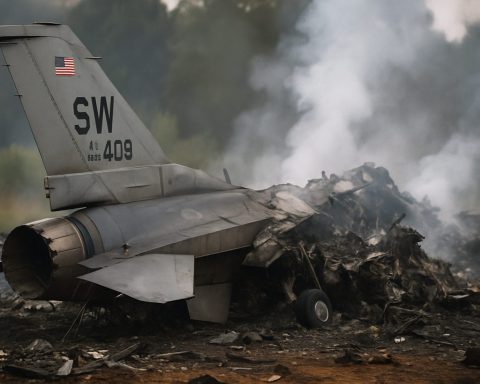- An accidental bombing in Pocheon by South Korean KF-16 fighter jets unleashed 225 kilograms of explosives due to a coordinate error, causing significant destruction.
- The incident injured at least 29 individuals, including residents and soldiers, highlighting the vulnerability of civilian areas near military exercises.
- Displaced residents expressed resilience, with emergency teams providing swift responses and support through government disaster safety grants.
- Amidst mounting frustration, residents protested in Seoul, calling for an end to military drills near civilian populations.
- The event led to the suspension of live-fire exercises, prompting discussions on the balance between military preparedness and civilian safety.
- The incident emphasizes the need for scrutiny and strategic re-evaluation of defense protocols to protect civilian areas without compromising security.
- Pocheon’s experience serves as a reminder of the necessity for precision in both military operations and policy-making.
Beneath iron-gray skies, the tranquil village of Pocheon lay shattered by an unexpected calamity. Military jets, streaking like meteors through the atmosphere, turned a routine exercise into an unfortunate affair, leaving devastation in their wake. The quiet was pierced not by the routine rumble of drills but by explosive tremors, casting the serene community into chaos.
When two South Korean KF-16 fighter jets accidentally released a barrage of MK-82 bombs on Pocheon, the devastation became a testament to the thin line between precision tactics and disastrous error. Through an error in coordinates, nearly 225 kilograms of war-ready explosives were unleashed upon the unwitting village, leveling homes and crumbling the community church. The impact of the horrific accident echoed beyond physical destruction, however, leaving wounds both visible and invisible on the townspeople.
Amidst the Rubble, Survival
In just moments, a peaceful Thursday morning morphed into a nightmare. At least 29 individuals, a mix of residents and soldiers, found themselves grappling with injuries, some battling life-threatening conditions in nearby hospitals. As rescue teams navigated the debris-clothed landscape, the resilience of the villagers emerged starkly. Displaced residents clung to one another, seeking solace in a hastily arranged shelter at the local town hall, while emergency teams sprang into action, orchestrating a swift response backed by disaster safety grants from the government.
Voices of Resistance
As shattered windows and crumbled walls bore witness to the catastrophe, simmering frustrations among the residents transformed into collective outrage. The tension that had been building for years over the persistent military presence boiled over. In the aftermath, they flooded into the streets of Seoul, not with cries of war, but of peace and safety, demanding an end to the incessant drills that had disrupted their lives.
Pocheon has long stood under the shadow of military exercises, a monument to the uneasy peace between military necessity and civilian life. Residents raised poignant questions about the efficacy and safety of maneuvers carried out in such close proximity to civilian populations. The sincerity of their appeals hung heavily in the air, the weight of their uncertainty mirrored in their solemn faces.
Navigating a Tense Truce
Suspending live-fire exercises across the South Korean Air Force’s operations was but the immediate consequence, a pause in tactical training hurled against the broader tapestry of military preparedness. Defense experts warned of broader implications, emphasizing the delicate balance required to maintain a formidable defense posture amid rising geopolitical tensions. With North Korea flexing its military partnerships and displays of power, these drills—joint ventures with the United States—hold significance beyond mere exercises. They are a calculated dance to keep adversaries at bay while assuring allies.
A Way Forward
This unsettling incident in Pocheon underscores both the fragility of safety amid military operation zones and the necessity of continuous scrutiny over defense protocols. The voices of Pocheon’s residents now blend with broader calls for oversight and strategic re-evaluation in military practices. As investigations continue, the lessons gleaned could shape the dialogue on military readiness versus the sanctity of civilian spaces.
Ultimately, this incident is a stark reminder of the importance of precision not only in weaponry but in policy and execution—an essential compass in navigating the tightrope of security and peace.
Unveiling the Pocheon Incident: What You Didn’t Know
In-Depth Analysis: Lessons and Implications from the Pocheon Incident
The tragic incident in Pocheon, where two South Korean KF-16 fighter jets accidentally released MK-82 bombs on the village, raises significant questions about military protocol, civilian safety, and geopolitical tensions. Here, we delve deeper into the broader implications and explore what might not have been fully addressed in the original report.
Real-World Use Cases & Consequences
1. Military Protocol and Civilian Proximity: Military exercises are crucial for maintaining readiness and deterrence. However, the Pocheon incident highlights the risks of conducting such drills close to civilian areas. The location of maneuvers needs careful reassessment to prevent accidental damages and loss of life.
2. Psychological Impacts: Beyond physical injuries, accidents like this can have profound psychological effects on survivors and the community. Post-traumatic stress disorder (PTSD) and anxiety are common in victims of such calamities, necessitating comprehensive mental health support.
3. Infrastructure Rebuilding: The destruction of homes and a church emphasizes the need for robust emergency protocols and disaster grants to help affected communities rebuild quickly. Governments must ensure that restoration projects are executed without delay to foster recovery.
Market Forecasts & Industry Trends
– Increased Demand for Precision in Military Technology: As accidents like Pocheon demonstrate the consequences of errors, there is a growing emphasis on precision technologies in defense. This includes advancements in GPS, tracking systems, and fail-safes to prevent mishaps.
– Public Pressure and Policy Change: With rising public discontent over military exercises near civilian areas, governments worldwide are likely to face increasing pressure to revise military policies, potentially influencing global defense strategy.
Controversies & Limitations
– Military vs. Civilian Needs: Balancing military preparedness with civilian safety remains controversial. While defense forces need to train routinely, such exercises often inconvenience and endanger nearby communities. A middle ground must be sought to harmonize these needs.
Insights & Predictions
– Geopolitical Ramifications: As tensions rise on the Korean Peninsula, incidents like Pocheon could lead to international scrutiny of South Korea’s defense strategies. It may necessitate a reassessment of the US-South Korea joint military drills, aiming to prevent future conflicts without compromising security.
– Future Precautionary Measures: Military organizations may adopt more stringent checks and balances in their training programs, putting emphasis on improving communication, error-checking protocols, and emergency readiness to avoid recurrences.
Actionable Recommendations
– Enhanced Civil-Military Communications: Establish robust communication channels between local governments and military units to provide advance warnings and updates about exercises.
– Invest in Community Resilience: Governments should allocate more resources towards building resilient communities with better infrastructure, emergency services, and psychological support systems.
– Regular Policy Reviews: Conduct frequent evaluations of defense policies and protocols with input from both military experts and civilian representatives to ensure a balanced approach to national security.
By learning from the Pocheon incident, militaries worldwide can better navigate the difficult terrain between readiness and safety, ensuring that such tragic accidents become a relic of the past. For further information on global military trends and advancements, explore resources at Janes.
